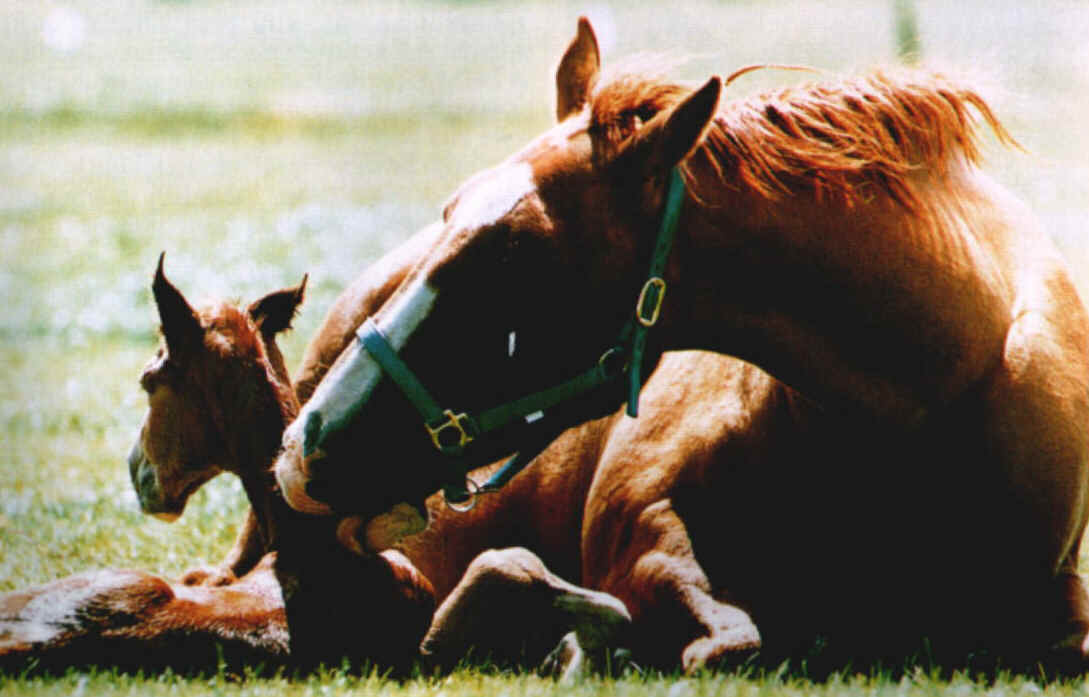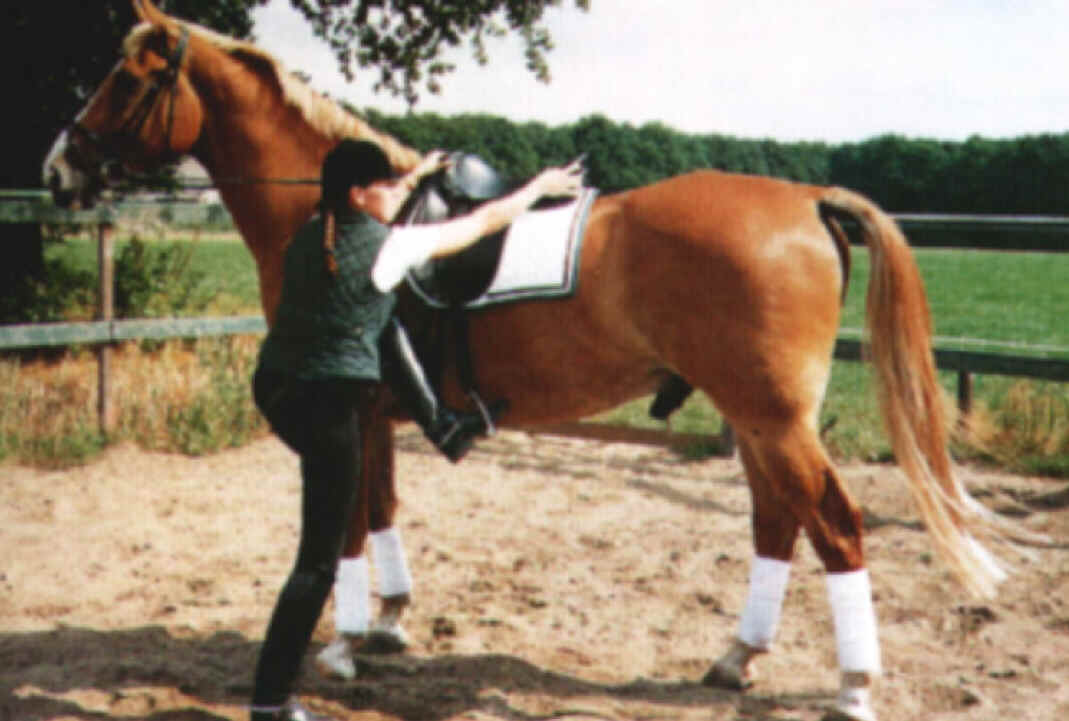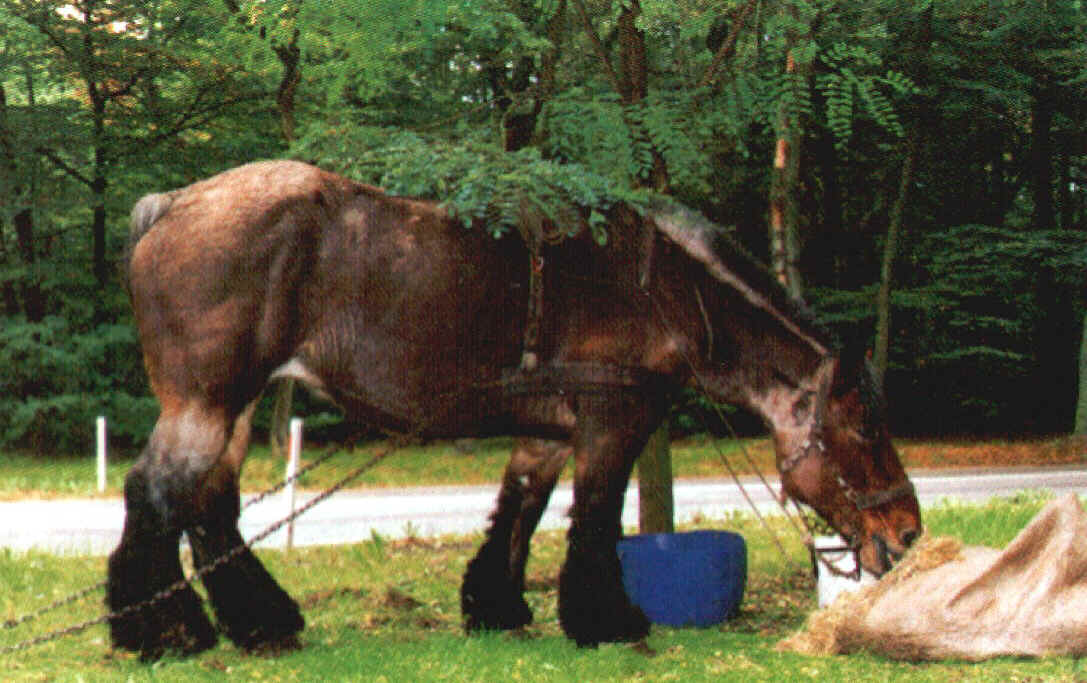



DUTCH WARMBLOOD
Breed of horse developed for competition that has gained worldwide recognition in dressage. (guiding a horse through a series of complex maneuvers with slight movements of the hands, legs, and weight of the rider), jumping, and cross-country races. The Dutch warmblood is one of the most successful horse breeds developed in Europe since the end of World War II (1939-1945). The Dutch warmblood is a tall horse, standing at least 163 cm (at least 64 in, or 16 hands) high at the withers (the high part of the back, located between the shoulder blades). The body is compact and the legs are solid. Both the back and muscular neck are long. The well-proportioned head is long and straight with a wide forehead and medium-sized ears. The muscular build of this horse gives it an athletic look, and its stride is smooth when walking or trotting. The Dutch warmblood's coat usually is colored bay (reddish) or brown, although it can be any color. The Dutch warmblood was developed through a breeding program that began in the 1960s and was conducted under strict guidelines to modify the characteristics of several existing breeds of Dutch horses. Mares as well as stallions undergo rigorous testing before being allowed to breed, and the offspring are monitored closely during their development. This innovative Dutch system of breeding horses has achieved great success.
Akhal Teké - Andalusian - Appaloosa - Arabian - Ass - Australian Stock Horse - Bashkir Belgium Heavy Draft horse - Cleveland Bay - Clydesdale - Dutch Warmblood - Gelderlander - Hackney - Holsteiner - Paard (algemeen) - Irish Draught - Lippizaner - Missouri Fox Trotter - Morgan Horse - Mule - Mustang - Oldenburger - Palomino - Percheron - Peruvian Paso - Pinto - Quarter Horse - Selle Francais - Standardbred - Tarpan - Tennessee Walker - Trakehner - Ungulate (onevenhoevigen) - Zebra -